Top 10 Largest Rainforests in the World 2025
By ICON TEAM | Published on May 06, 2025
List Of Top 10 Largest Rainforests in the World 2025:
Often referred to as the world's "lungs" because of their ability to produce oxygen and absorb carbon dioxide, rainforests are one of the most important ecosystems on the planet. More than half of the world's plant and animal species are found in these biodiverse havens, which also have an impact on global climate patterns. The biggest rainforests are still in danger in 2025 due to deforestation, climate change, and human encroachment, therefore protecting them is essential. The ten largest rainforests in the world are examined in this article, which ranks them according to size. It emphasizes the rainforests' ecological value, distinctive biodiversity, and continuous conservation concerns.
1. Amazon Rainforest (South America):
The Amazon Rainforest is the world's largest and most biodiverse rainforest, covering an area of around 5.5 million square kilometers across nine South American countries: Brazil, Peru, Colombia, Venezuela, Ecuador, Bolivia, Guyana, Suriname, and French Guiana. The region, which is frequently referred to as the "lungs of the Earth," is home to more than one-third of the planet's tropical tree cover, 40,000 plant species, 1,300 bird species, 3,000 fish species, and 430 animals, including sloths, jaguars, and pink river dolphins. Its complex aquatic habitats are maintained by the Amazon River, which is the largest river in the world by volume. Brazil leads the world in forest loss, having lost more than 30 million hectares of primary forest between 2002 and 2019, despite the Amazon's biological significance. Because protected areas and Indigenous territory store a lot of carbon and contribute to the stability of the global climate, conservation activities are essential to reversing this trend.
2. Congo Rainforest (Central Africa):
Covering over 3.7 million square kilometers across six countries—the Democratic Republic of Congo (DRC), Cameroon, Central African Republic, Republic of Congo, Gabon, and Equatorial Guinea—the Congo Rainforest, sometimes referred to as the Congo Basin, is the second-largest rainforest in the world. With over 600 tree species and 10,000 animal species, including chimpanzees, lowland gorillas, forest elephants, and okapis, this tropical rainforest is a hub for biodiversity. Its rich habitats are sustained by the Congo River, which is the second-largest by volume. About 60% of the primary forest in the basin is found in the DRC; nonetheless, logging, agriculture, and mining are the main causes of the growing deforestation in this area. Protecting this essential carbon sink, which is crucial for controlling the global climate, is the goal of conservation efforts, which include five UNESCO World Heritage national parks.
3. New Guinea Rainforest (Australasia):

The third-largest rainforest in the world, the New Guinea Rainforest spans around 303,000 square miles in Indonesia and Papua New Guinea. 10% of the world's species, including the largest butterfly in the world, the Queen Alexandra birdwing, and unusual creatures like tree kangaroos and long-beaked echidnas, may be found in this tropical rainforest, which is well known for its exceptional biodiversity. Diverse habitats are supported by its unpredictable weather, which includes heat waves and monsoon rains. The rainforest is threatened by mining, logging, and oil palm plantations despite its remote location. Its ecological relevance is highlighted by continual scientific discoveries of new species and the sustainable traditions maintained by indigenous people. The goal of conservation is to save biodiversity's "last frontier."
4. Sundaland Rainforest (Southeast Asia):
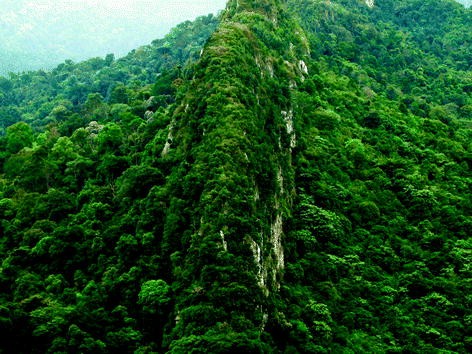
The Sundaland Rainforest is the fourth biggest rainforest, covering an area of over 768,000 square kilometers and extending across Borneo, Sumatra, Java, and portions of Malaysia and Brunei. More than 15,000 plant species and 10,000 animal species, including as orangutans, clouded leopards, and proboscis monkeys, can be found in this tropical rainforest, which encompasses the Borneo Lowland Rainforest. Three national parks make up the UNESCO World Heritage site known as the Tropical Rainforest Heritage of Sumatra, which is home to endangered animals including the Sumatran tiger and rhinoceros. But between 2002 and 2019, logging, agriculture, and the extraction of palm oil caused Sundaland to lose a large amount of its forest cover—15% in Borneo and 25% in Sumatra. Maintaining this biodiversity hotspot requires sustainable forest management.
5. Mesoamerican Rainforest (Central America):
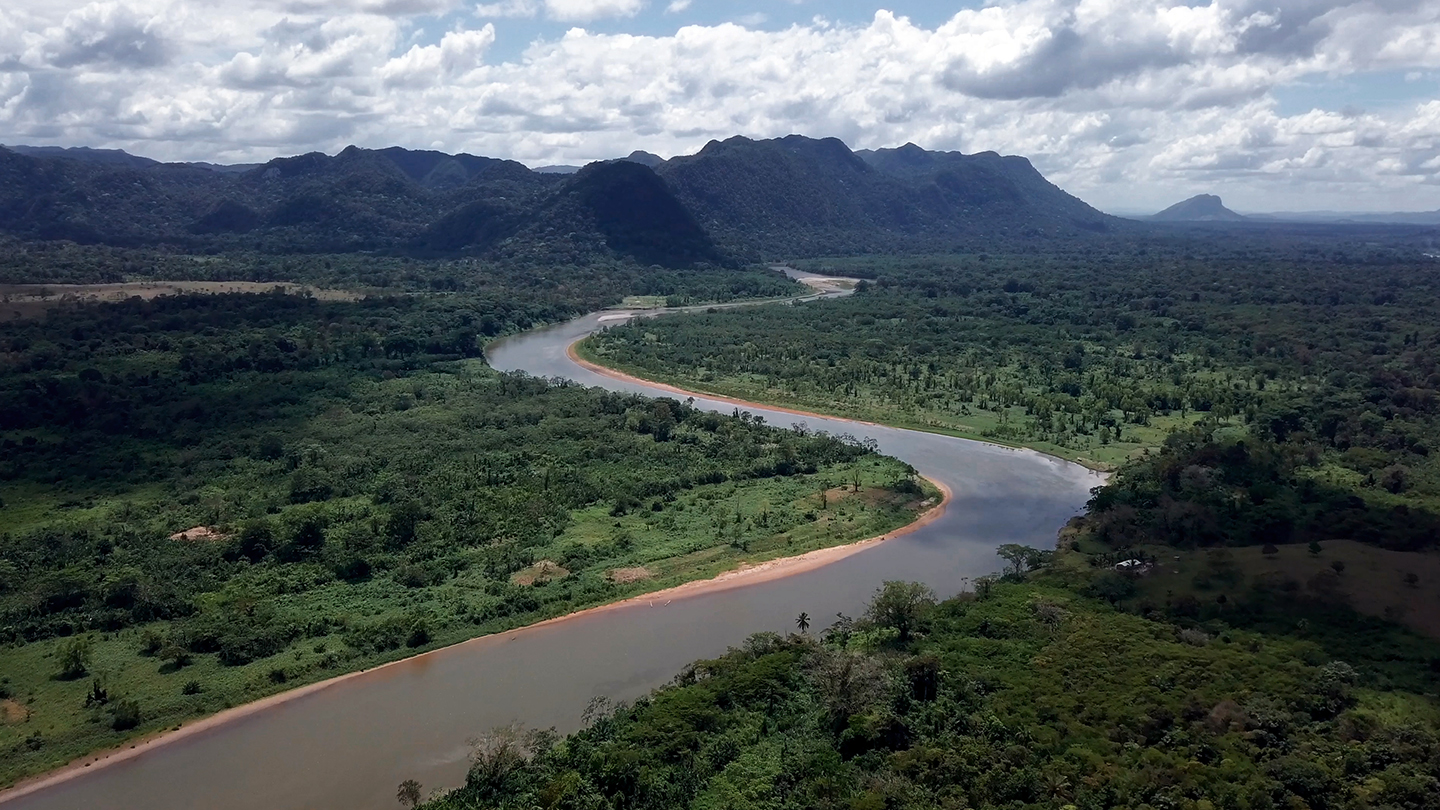
Approximately 768,000 square kilometers make up the Mesoamerican Rainforest, which spans southern Mexico, Belize, Guatemala, Honduras, El Salvador, Nicaragua, Costa Rica, and Panama. With 17,000 plant species, 400 mammal species, 690 reptile species, and 1,120 bird species, this tropical rainforest is among the most biodiverse areas. Ancient Mesoamerican cultures that date back to 21,000 BCE also called it home. Here, animals like quetzals, howler monkeys, and jaguars flourish. The rainforest is threatened by deforestation for agriculture and urbanization, despite its ecological diversity. Its conservation depends on its national parks and protected regions, which are among of the wettest and most varied in Central America.
6. Valdivian Temperate Rainforest (South America):
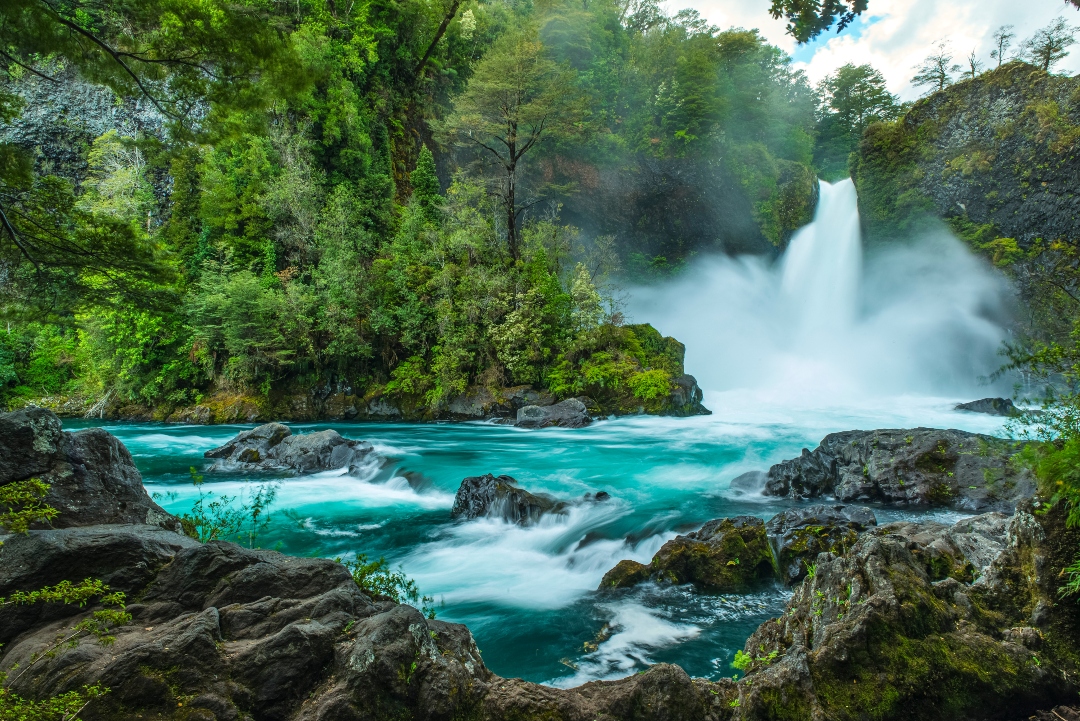
One of the world's largest temperate rainforests, the Valdivian Temperate Rainforest spans over 248,100 square kilometers and is situated in Argentina and Chile. Tucked up between the Andes and the Pacific Ocean, it is home to rare animals like the kodkod and pudú, the tiniest deer in the world, as well as old alerce trees that are thought to be over 3,600 years old. A lush ecology is produced by the forest's evergreen trees, bamboos, and dense ferns. Its health is threatened by logging and the substitution of faster-growing pines for native trees in the paper industry. The cultural and conservation story of the forest is heavily influenced by indigenous Mapuche populations, who hold it in high regard.
7. Bosawás Biosphere Reserve (Nicaragua):
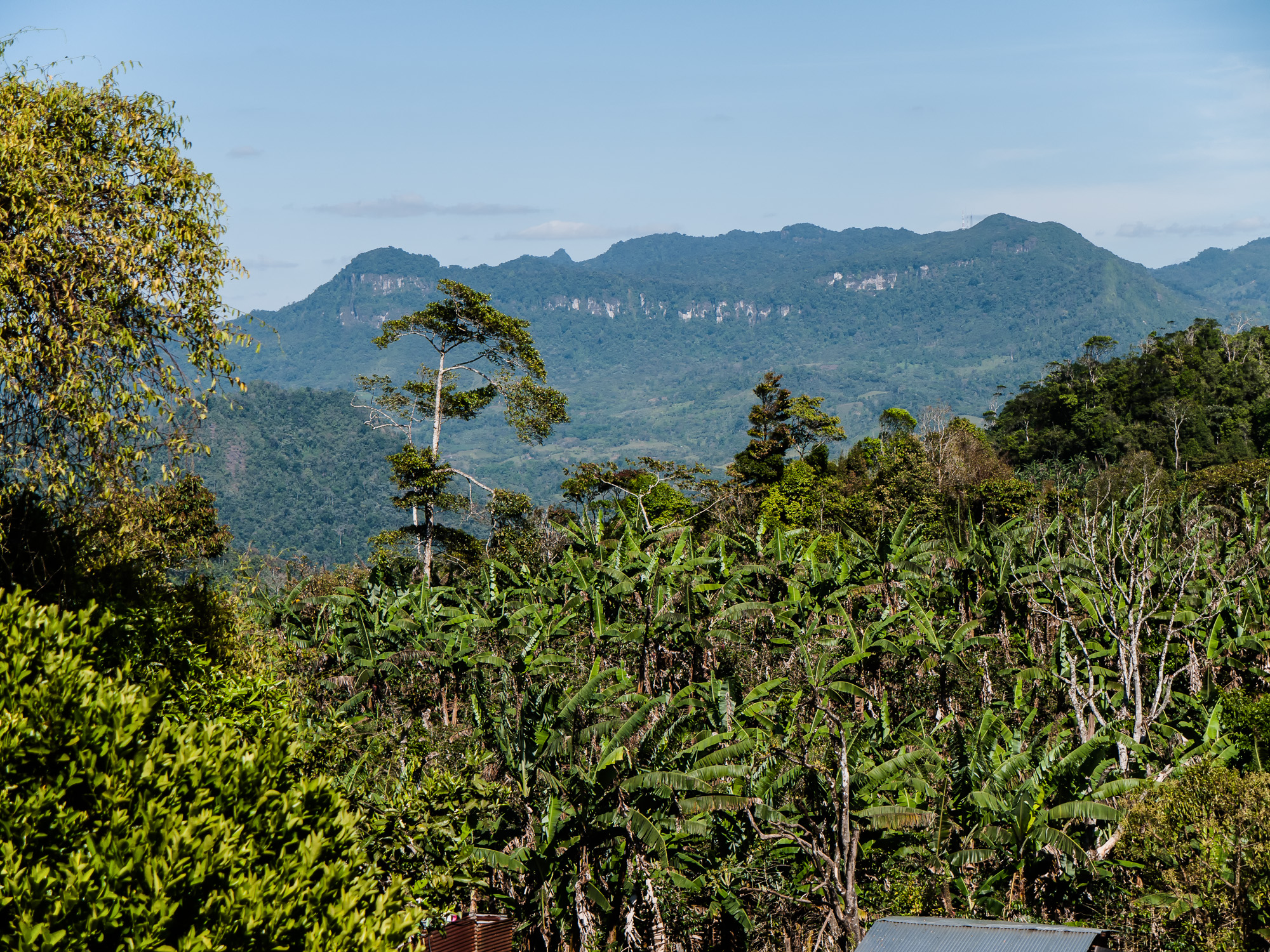
The second-largest rainforest in the Western Hemisphere is the Bosawás Biosphere Reserve in northern Nicaragua, which covers an area of over 20,000 square kilometers. Thirteen percent of the world's animal and plant species, including as harpy eagles, pumas, jaguars, and the Saslaya moss salamander, can be found in this tropical jungle. Since its 1997 designation as a UNESCO biosphere reserve, it has maintained exceptional ecological health thanks to conservation initiatives carried out by Indigenous people. Numerous animal species and 700 bird species can be found in the reserve's marshes and waterways. Despite being comparatively well-preserved, illegal logging and agricultural growth pose threats to it. It is a priority for worldwide conservation due to its status as a hotspot for biodiversity.
8. Atlantic Forest (South America):
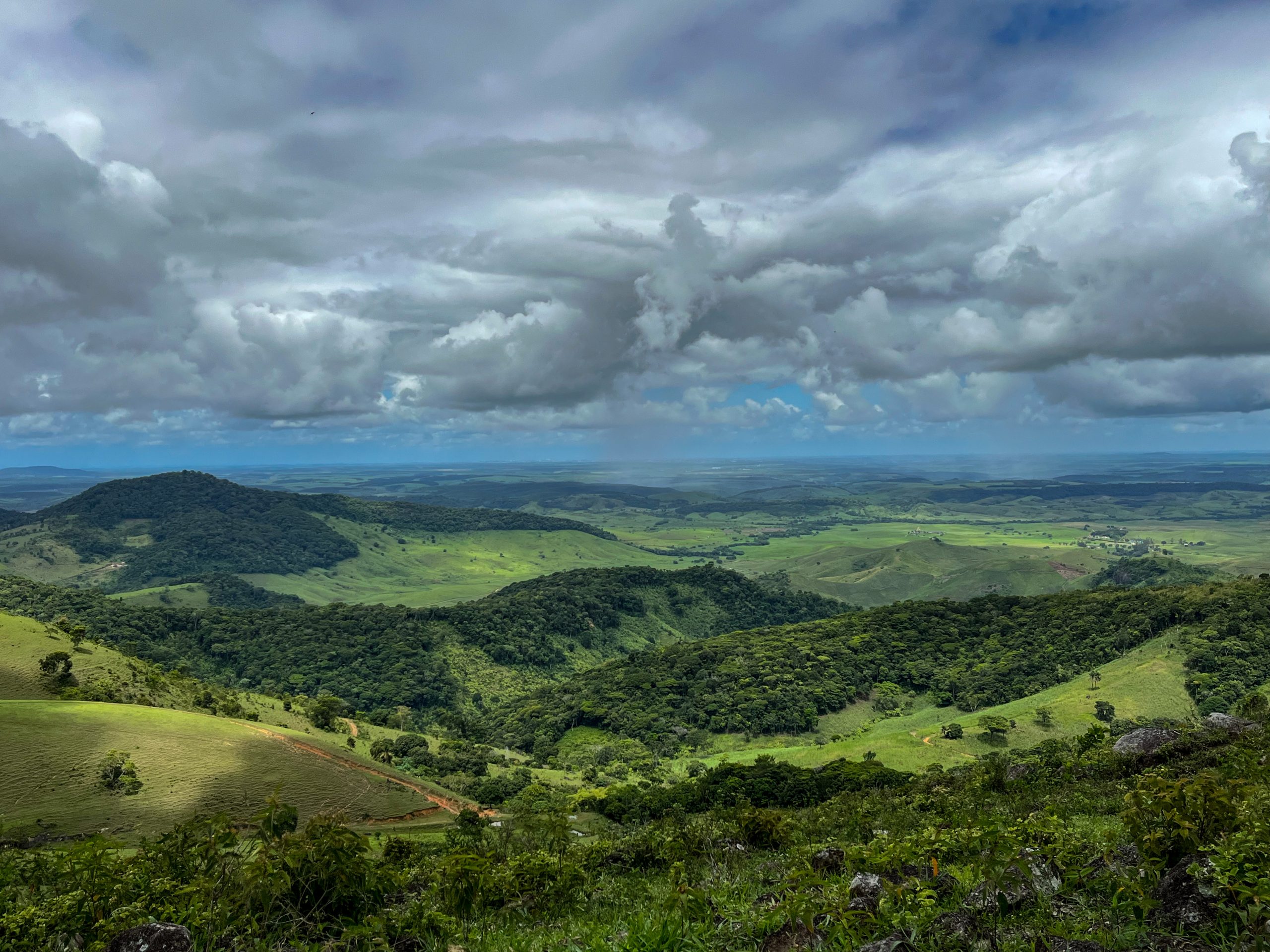
The Atlantic Forest is roughly 100,000 square kilometers in size and spans Argentina, Paraguay, and Brazil. Only 10% of the original rainforest remains after being split up by agriculture and urbanization, making it one of the most biodiverse in the world. 20,000 plant species, such as the golden lion tamarin and the endangered Pau-Brasil tree, are still found there. Although protected areas and reforestation are the main goals of conservation initiatives, this vital ecosystem is nonetheless under danger due to fast development. Its contribution to Brazil's ecological and cultural legacy emphasizes how urgent preservation is.
9. Daintree Rainforest (Australia):
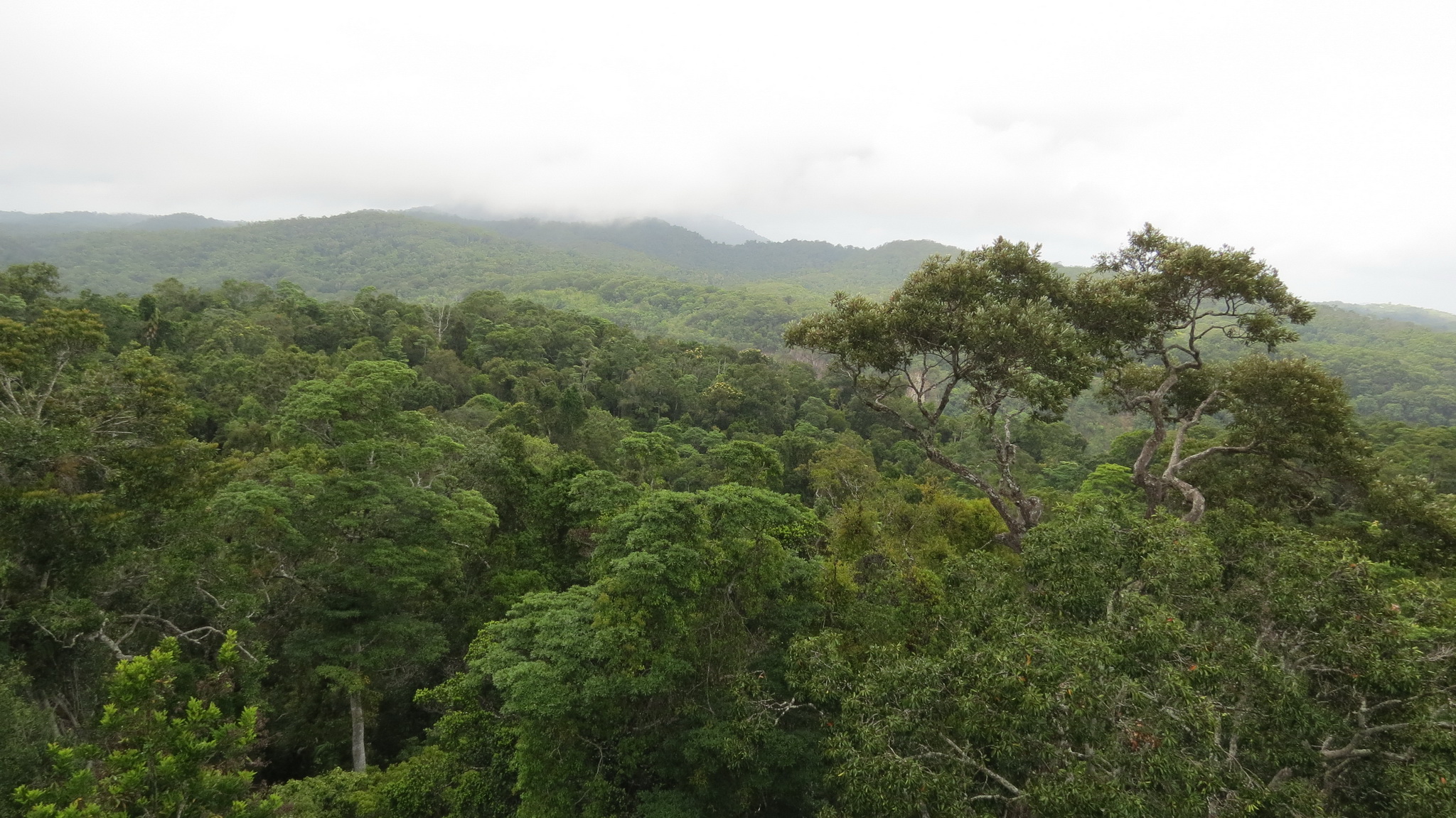
With an area of over 1,200 square kilometers, the Daintree Rainforest in Queensland, Australia, is one of the oldest rainforests in the world, having existed for more than 135 million years. The magnificent kauri pine, tree kangaroos, and endangered cassowaries can all be found in this tropical rainforest. The Kuku Yalanji people hold its rich biodiversity and crystal-clear streams in high regard. Parts of the forest are protected by UNESCO, but dangers from exotic species, residential development, and climate change still exist. The Daintree's worldwide ecological significance is underscored by its historic habitats and current conservation problems.
10. Tongass National Forest (United States):
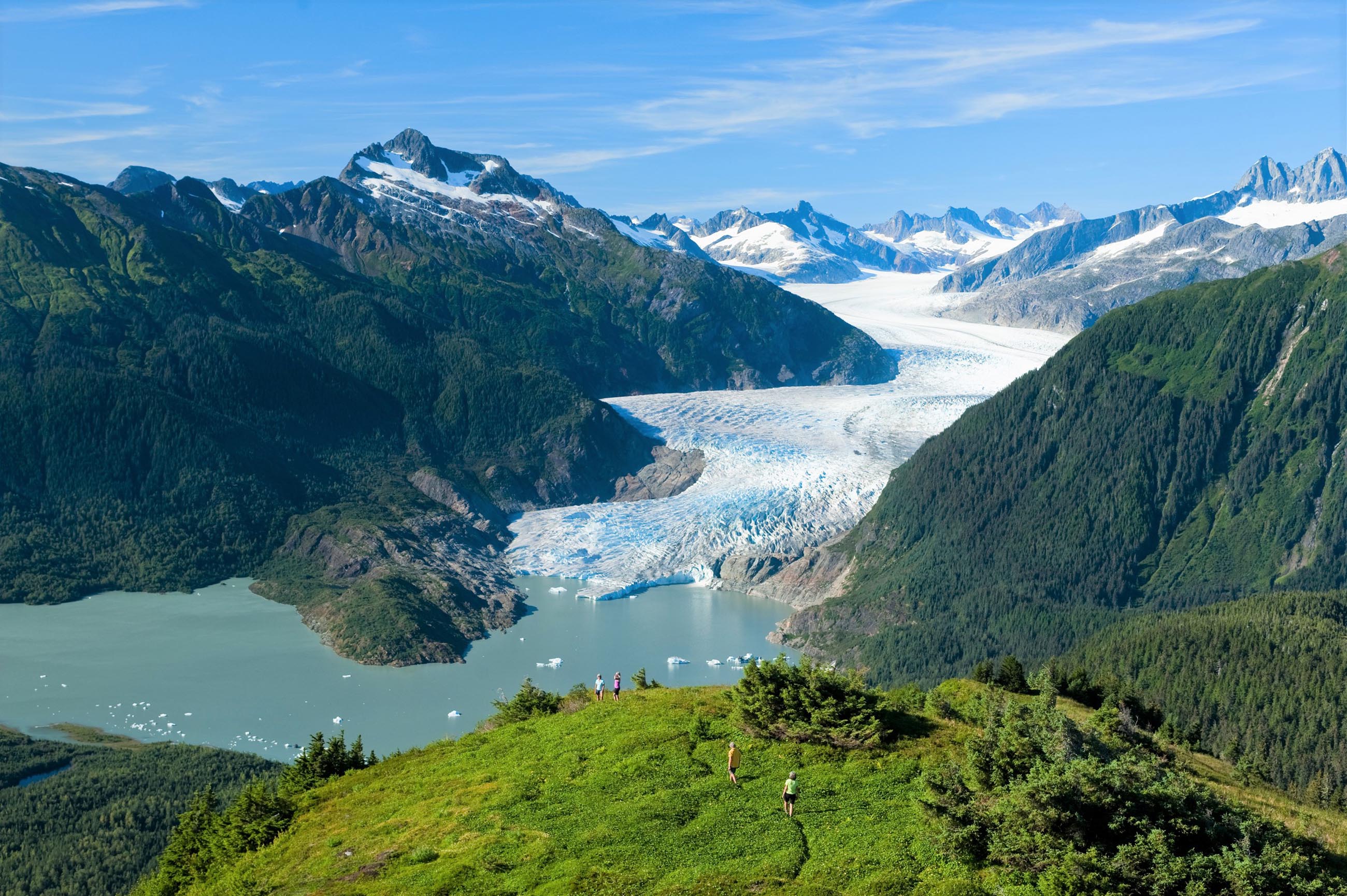
The world's largest temperate rainforest is Alaska's Tongass National Forest, which spans 26,560 square miles. Bears, eagles, and salmon are supported by its Sitka spruce and western hemlock trees, and its glaciers and 11,000 kilometers of coastline enhance its natural splendor. Logging is still a concern, and just 25% of its trees are protected. The Tongass, which is home to 75,000 people in 32 towns, strikes a balance between ecological protection and human living. The goal of conservation is to preserve its function as a carbon sink and a home for threatened and endangered species.
Comments 0